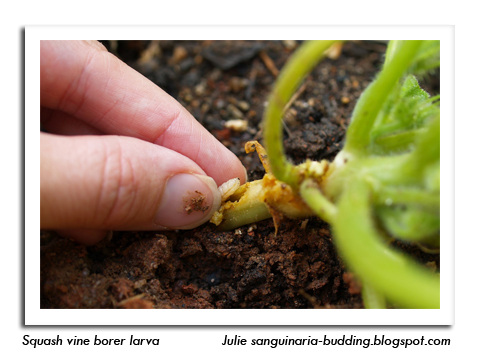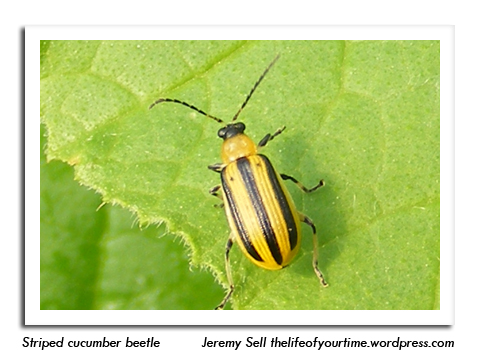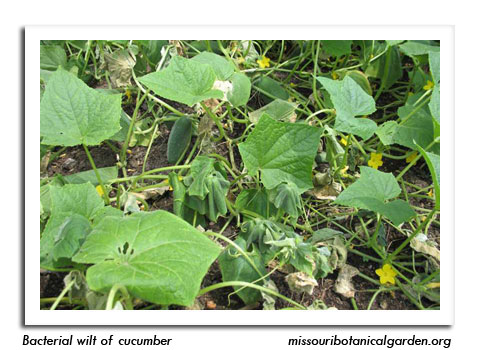
 |
|
|
Vegetables
Volume 59 Number 9 Date 06/26/2014 SQUASH VINE BORER - Moth emergence has started in parts of southern and west-central Wisconsin. Close inspection of pumpkins, squash, gourds, and other vine crops for eggs and evidence of larval feeding is advised from 900-1,000 degree days (modified base 50°F). Insecticidal controls are only effective if applied before the larvae bore into vines and reapplication may be required during the adult flight period. LATE BLIGHT - Disease severity value accumulations near Grand Marsh, Hancock and Plover have met or exceeded the late blight risk threshold, indicating conditions are favorable for disease development. Home gardeners, whether conventional or organic, should consider preventative fungicide applications to protect their tomatoes and potatoes. No cases of late blight have been confirmed in Wisconsin as of June 25. POTATO LEAFHOPPER - Counts in snap beans and potatoes in Adams, Portage and Waushara counties remain low to moderate. Recommended treatment thresholds for potatoes are one adult per net sweep or 15 nymphs on the undersides of 50 potato leaves. For snap beans, the threshold is 0.5 per sweep for seedlings and one per sweep in the third trifoliate to bud stages. IMPORTED CABBAGEWORM - Larvae ranging in size from ½-¾ inch were the cause of moderate defoliation of red cabbage in a La Crosse County vegetable garden. Manual removal of the caterpillars will usually give reasonable control, although a Bt insecticide may be required for larger cabbage plantings. STRIPED CUCUMBER BEETLE - These yellow and black striped beetles were noted earlier this week on pumpkin near Stoughton in Dane County. Their appearance signals that cucurbit growers should begin inspecting cucumbers, melons and squash for early beetle activity. Control is recommended for home gardens and commercial muskmelon or cucumber operations if populations exceed four beetles per 50 plants. -- Krista Hamilton, DATCP Entomologist 




|
|
|